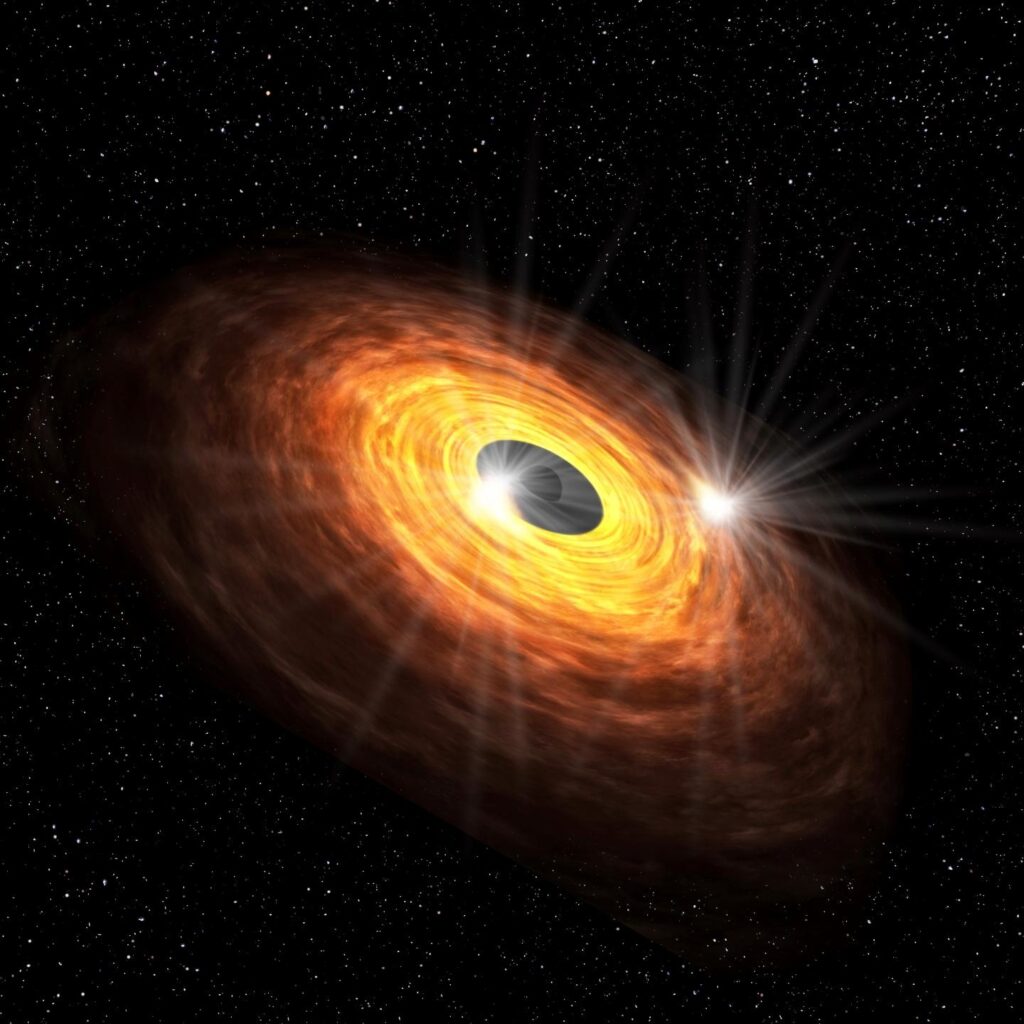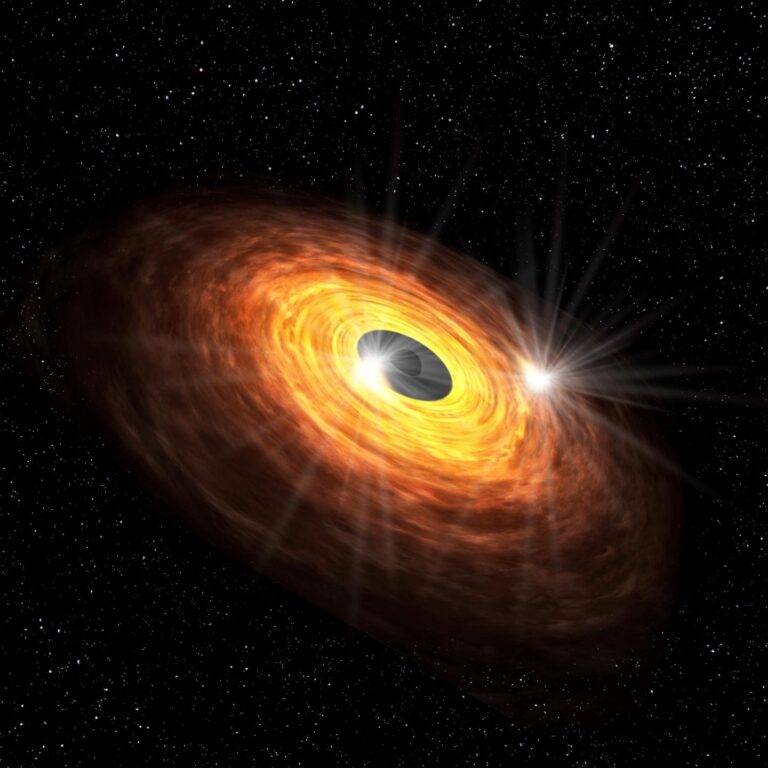Scientists Detect Mysterious Lights at the Center of the Milky Way
Astronomers spot periodic lights coming from near the black hole at the center of our galaxy.

Hot spots around the black hole at the center of the Milky Way may produce periodic lights.
Recent presentation of lights from the region close to the black hole located in the middle of the Milky Way was also concerning flashes with a periodicity. These illuminations may be due to hot spots inside the accretion disks that are around the black holes. The area under discussion is shrouded with a lot of mystery and its gravitational force is said to be very high.
Scientists recently discovered unexpected light sources in the centre of the Milky Way with the help of the ALMA telescope in Chile. A Japanese research group recorded the radiation that regularly pulsated around the galactic nucleus – home to the supermassive black hole Sgr A*. This twinkling is probably due to the change of radio spots within the accretion disk around the black hole, an area with greater gravitational pull.
In the experiment led by Yuhei Iwata, a graduate student at Keio University in Japan, data was collected over 10 days and the obseved ‘quasi-periodic variations’ take place every half an hour while the changes that take about an hour ‘. While black holes themselves do not shine, these signals most probably come from hot regions in the surrounding superheated gas disk of Sgr A*.
Flickering varies within half an hour and the astronomers noted that the 30-minute period correlates with the inner edge of the accretion disk’s orbital period. This discovery provides ‘good light into the gas movement’ in relation to the black hole, said Tomoharu Oka, a professor, and member of Keio University, who conducted the study.
Other members of the research team included Masato Tsuboi from Japan Space Exploration Agency/The University of Tokyo, Makoto Miyoshi from the National Astronomical Observatory of Japan/SOKENDAI with contribution from Shunya Takekawa of the National Astronomical Observatory of Japan.
Do not forget to share your opinion with us to provide you with the best posts !




0 Comments